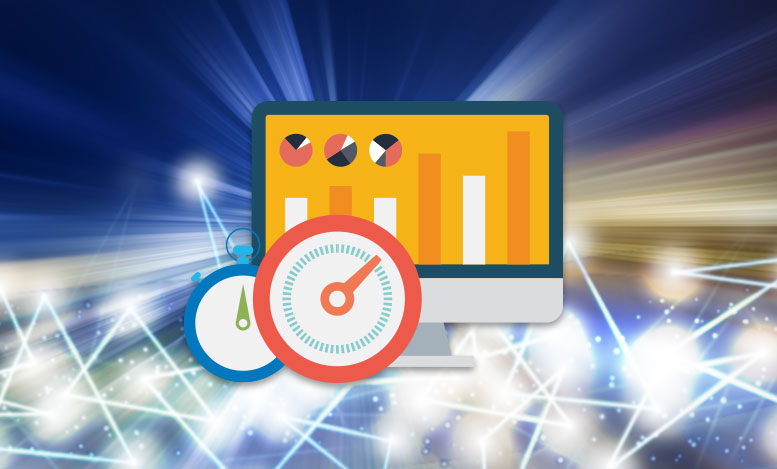The world is hearing about this race to digital transformation. We have to learn about it given the sheer volume and velocity of new devices and data impacting our networks – and ultimately the success of our businesses. DT (also called DX and Industry 4.0) is not just a technology trend, it is at the center of business strategies across all industry segments and markets, stated IDC – and the network will be the key to digital success.
A digital enterprise can expect to increase revenues by an average of 2.9% and reduce costs by an average of 3.6%, per year. But that’s on average. First movers who combine high investment levels with advanced digitization are far more likely to be forecasting both revenue gains and cost reductions of more than 30% at the same time, according to a PWC study.
Fueling this transition is the explosive growth of data and devices. And while we are in the very early stages of the Internet of Things, IoT will only make this environment even more complex, and place even greater demands upon the network.
For 2016, growth predictions were significant:
- Worldwide smartphone shipments were expected to reach 1.45 billion units
- PC shipments were expected to exceed 258 million units
- Tablet shipments were expected to decline by 12% but will still top out at 182.3 million units;
- Revenues for big data and business analytics (BDA) will grow from $130.1 billion in 2016 to more than $203 billion in 2020; and,
- Organizations that capitalize and analyze all relevant data and deliver actionable information could achieve an extra $430 billion (on a worldwide basis) in productivity benefits over their less analytically oriented peers by 2020.
“We are at an inflection point as digital transformation efforts shift from ‘project’ or ‘initiative’ status to strategic business imperative,” said Frank Gens, Senior Vice President and Chief Analyst at IDC. “Every (growing) enterprise, regardless of age or industry, must become digital native in the way its executives and employees think, what they produce, and how they operate.”
With DT everything moves faster. The concept of operational DevOps becomes applicable and requires thought on how organizations will adjust to this pace of change. “In this DX economy, speed is everything,” said Sandra Ng, Group Vice President heading IDC’s Asia-Pacific Practice Group. The IT DX playbook revolves around innovate, integrate, and incorporate: innovate with business to create a digital enterprise; integrate digital capabilities with the enterprise platform; and incorporate new techniques and technologies into the IT organization.
Going wrong with the transition will open the door to heightened competition and disruption, according to IDC. By 2020, all enterprises’ performance will be measured by a demanding new set of DX-driven benchmarks, requiring 20–100% or better business performance; by 2019 40% of IT projects will create new digital services and revenue streams that monetize data; and, 80% of bimodal IT organizations will accumulate a crippling technical debt resulting in spiraling complexity, costs, and lost credibility
All of this puts greater demands on the network, which makes a network evaluation essential to understanding where you are and how you get to where you want to be, an agile business that responds quickly to massive amounts of data and the changes they can invoke. A network assessment identifies equipment that needs to be upgraded and reviews performance issues such as bottlenecks, and should be the first step to uncover network issues and fixes to the problems – not to mention optimize your network’s performance for a DX world.

